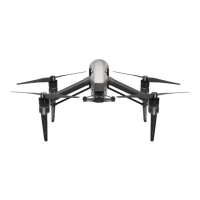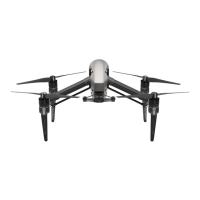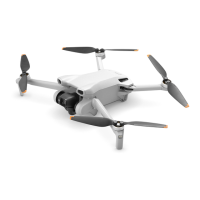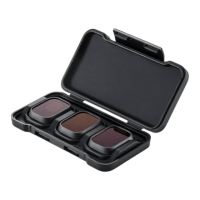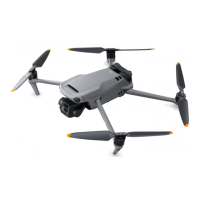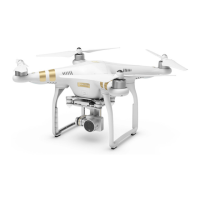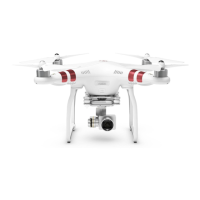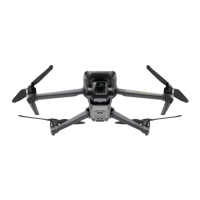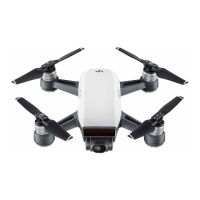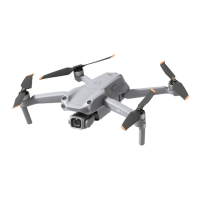DJI Inspire 3
User Manual
©
2023 DJI All Rights Reserved.
29
Advanced RTH Procedure
1. The Home Point is recorded.
2. Advanced RTH is triggered.
3. The aircraft brakes and hovers in place.
a. The aircraft lands immediately if it is less than 20 m from the Home Point when RTH
begins.
b. If the aircraft is farther than 20 m from the Home Point when RTH begins, the aircraft will
plan the best path according to the RTH settings and y to the Home Point while avoiding
obstacles and GEO zones. The aircraft front will always point in the same direction as the
ight direction.
4. The aircraft will fly automatically according to the RTH settings, environment, and
transmission signal during RTH.
5. The aircraft lands and the motors stop after reaching the Home Point.
Straight Line RTH
The aircraft will enter Straight Line RTH when the lighting is not sucient and the environment
is not suitable for Advanced RTH.
Straight Line RTH Procedure:
1. The Home Point is recorded.
2. Straight Line RTH is triggered.
3. The aircraft brakes and hovers in place.
a. If the aircraft is farther than 50 m from the Home Point when RTH begins, the aircraft rst
ascends to a height of 20 m (this step is skipped if the current height is higher than 20 m),
then the aircraft adjusts its orientation and ascends to the preset RTH altitude and ies to
the Home Point. If the current altitude is higher than the RTH altitude, the aircraft will y
to the Home Point at the current altitude.
b. If the aircraft is at a distance of 20 to 50 m from the Home Point when RTH begins, the
aircraft rst ascends to a height of 20 m (this step is skipped if the current height is higher
than 20 m), then the aircraft adjusts its orientation and ies to the Home Point. If the
current altitude is lower than 5 m when RTH begins, the aircraft will ascend to 5 m and y
to the Home Point.
c. The aircraft lands immediately if it is less than 20 m from the Home Point when RTH
begins.
4. The aircraft lands and the motors stop after reaching the Home Point.
Preset Optimal
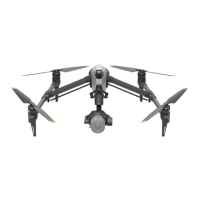
